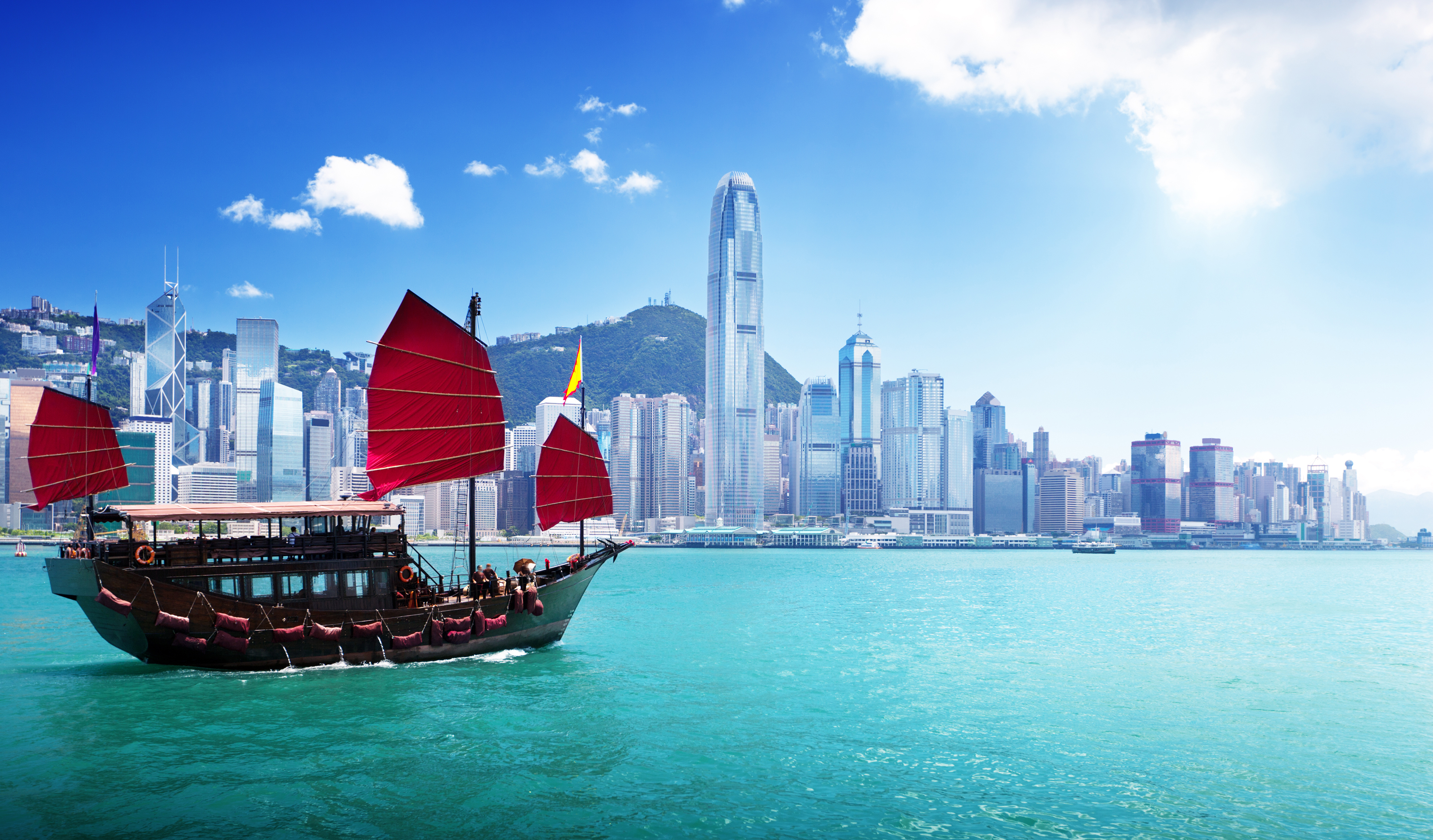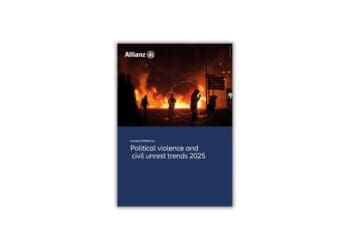with contributing author Montse Ferrer
Among the lists against which U.S. exporters should screen their transaction partners1 is the U.S. “Unverified List” (“UVL” or the “List”). Non-U.S. companies are placed on the UVL when they are unable to account for U.S.-origin goods previously exported to them or when their bona fides cannot be verified by U.S. regulators. Formerly just a “red flag” list, the UVL was recently made much more powerful such that companies on the List are now subject to export licensing restrictions and verification requirements.2 In recognition of the risk of diversion posed by companies that cannot be verified, the UVL was updated in June 2014 with four times as many Hong Kong companies on the List as any other country.3
Background
Published by the Department of Commerce, Bureau of Industry & Security (“BIS”) since 2002, the UVL identifies non-U.S. individuals and entities involved in previous transactions for which the U.S. government has been unable to conduct pre- and post-shipment verification checks (“end-use checks”), through no fault of the U.S. government. The purpose of these checks by BIS agents is to verify the bona fides of the end user and to ensure that the end use of U.S.-origin goods they receive is consistent with export regulations and license requirements. However, when the agents are stymied because the entity does not exist, cannot be located or refuses to cooperate with the agents, the company may be included on the UVL.
Revisions to the UVL
Before the recent changes, inclusion on the List meant only that a red flag was raised if an exporter learned that an entity on the UVL was participating in its export transaction. The exporter then had an affirmative duty to take steps to inquire, verify or otherwise seek to ensure against proliferation or other violations of the Export Administration Regulations (“EAR”). But in September 2013, BIS announced it was extending its authority to impose licensing restrictions on exports to non-U.S. companies included in the List.4 The revisions below became effective on January 21, 2014:
- For all shipments to listed entities, Automated Export System (“AES”) statements must be filed without regard to whether a license is required or the value of the shipment.5
- No license exceptions will apply for any shipments for which a license is required.6
- Where no license is required, exporters are now required to obtain a statement from a representative of the end user of sufficient authority to legally bind the UVL party confirming:
o that party’s identifying information
o the intended end use
o the country of ultimate destination
o consent to end-use checks for any item subject to the EAR in transactions in the last five years, with an address and contact information to facilitate the site visit.
- The end user is required to provide full and accurate information concerning the disposition of items subject to the EAR and agree to provide copies of all pertinent records required by Part 762 of the EAR. Essentially, the foreign company is consenting to U.S. jurisdiction.
- All license exceptions were suspended for exports, re-exports and transfers to unverified parties, until publication of a revised UVL.
The New UVL and Hong Kong
On June 16, 2014, BIS published a new UVL with 29 unverified foreign entities,7 20 of which are based in Hong Kong, one in China, five in Russia and three in the UAE.8 That Hong Kong dominates the list is not altogether surprising for U.S. companies transacting business with end users in Hong Kong. Many have found it very difficult to perform successful due diligence checks on their Hong Kong business partners, turning up little more than shell companies through which U.S.-origin products are exported to China and onward. In fact, Hong Kong is acknowledged to be a transshipment hub for exports destined for China and Iran.9 It is not only one of the busiest container ports in the world (and, at times, the busiest), but also an economic gateway to mainland China.
In 2012, Hong Kong, along with Singapore and the UAE, constituted 36 percent of all BIS end-use checks and nearly 62 percent of the unfavorable determinations worldwide, meaning that the exported items were not at the location or the entity itself could not be located.10 There is no indication that this will change, given how attractive Hong Kong is as a re-export hub to evade sanctions. First, Hong Kong is not required to enforce the unilateral sanctions of the U.S., or any other jurisdiction (although it has the right to enforce UN sanctions if the PRC extends this right to Hong Kong). More importantly, perhaps, pursuant to the 1992 U.S.-Hong Kong Policy Act, Hong Kong is subject to the same relatively low level of U.S. export controls as most European nations, allowing Hong Kong companies to import many sensitive technologies that could not be shipped to mainland China, and certainly not to U.S.-sanctioned countries such as Iran or North Korea.11
Recommendations
If your screening program dropped the UVL due to its static nature, you should ensure that the new UVL names are included and subject to active screening. This additional screening of 29 parties should not be overly burdensome. Once there is a “hit” against one of the companies, however, the burden imposed on the exporter has increased substantially to include obtaining a license or perhaps worse, an AES statement. The likelihood that a UVL-listed entity would acknowledge U.S. jurisdiction and provide such a statement is slim. Even if it did, the question is whether the certification would be more than ephemeral or whether the company would just fade away once it received the U.S. origin goods.
But more importantly, what the latest UVL tells us is that U.S. exporters should enter into transactions with Hong Kong customers with documented caution and care. This may involve paying attention to the names and addresses of any party based in Hong Kong, conducting diligence on end users (even in two-tier transactions where end users are one party removed from the U.S. exporter), and occasionally visiting the customer, where possible, before the BIS agent does.
1 Other similar lists include the Specially Designated Nationals (“SDN”) List maintained by the Department of Treasury, Office of Foreign Assets Control, the Denied Persons List maintained by the Department of Commerce, Bureau of Industry & Security and the Debarred List maintained by the Department of State, Directorate of Defense Trade Controls.
2 See 15 CFR 744.15.
3 The UVL is found at 15 CFR 744 Supp. No. 6, the BIS website at http://www.ecfr.gov/cgi-bin/text-idx?rgn=div5&node=15:2.1.3.4.28#15:2.1.3.4.28.0.1.23.44; and the Consolidated Screening List at www.export.gov.
4 Proposed Rule at 78 Fed. Reg. 55664-71 (Sept. 11, 2013); Final Rule at 78 Fed. Reg. 76741-48 (Dec. 19, 2013).
5 See 15 CFR 744.15(a) referring to 15 CFR 758.1(b)(8) which adds the AES filing requirement for listed UVL entities.
6 See 15 CFR 744.15(a) referring to 15 CFR 740.2(a)(17) which restricts license exceptions for UVL entities.
7 Rule published at 78 Fed. Reg. 34217-21 (June 16, 2014). None of the 36 companies previously listed were included in the new list.
8 Interestingly, seven of the Hong Kong entities have multiple addresses and four share the same address.
9 See “Export Controls: US Agencies Need to Assess Control List Reform’s Impact on Compliance Activities,” GAO 12-613 at 18-19 (April 2012).
10 Id. at 16.
11 See United States-Hong Kong Policy Act of 1992, S. 1731, Sec. 103(8).



 Wendy L. Wysong is a partner at
Wendy L. Wysong is a partner at 









